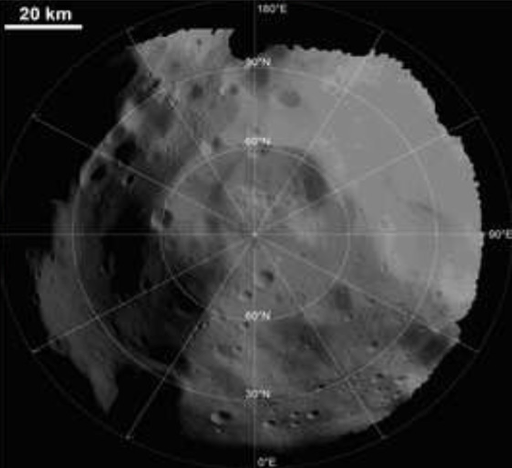Rubino C. Master Thesis
by: Rubino Cosimo
Thesis Title:
LUTETIA 21 ASTEROID RECONSTRUCTION BY STRUCTURE FROM MOTION AND PHOTOMETRIC TECHNIQUES
The goal of my experimental work of thesis is the reconstruction of the northern hemisphere surface of the asteroid 21 Lutetia, which is one of the two objectives of the International Rosetta mission, whose images were acquired during the spacecraft fly-by on July 10, 2010.
 |
 |
By analizing image sequence captured by the optical imaging system mounted on the probe, it has been possible to generate the sparse surface by using some geometric properties.
The reconstruction process started with a sparse reconstruction, developed by Luca Baglivo et al.; by using the SURF feature detection based procedure on each of the 9 images selected, they obtained a set of trajectories. The affine Stucture from Motion algorithm generated the 3D location of 1245 features.
 |
 |
 |
| Detected features without filtering | SfM reconstruction |
With this unregistered and unscaled structure of features, it is possible to recover the position of the reconstructed part in a Lutetia-fixed based frame by using the geometric data provided by SPICE. SPICE is a ancillary information system developed by NASA, wich can give distances and orientation between bodies associated with many space mission.
The previous reconstruction has been merged with KOALA shape, a 300 point sparse reconstruction of the entire asteroid made Carry et al. by ground-based images of Lutetia.
 |
 |
| KOALA and SfM merging |
KOALA reconstruction with SfM 3D features |
The main purpose of the master thesis work was to generate a dense reconstruction of the asteroid, and this target was reached by using the Shape from Shading technique.
 |
| SFS reconstruction |
This metod, based on the main ipothesis of a Lambertian surface ( with an isotropic surface luminance ) may generate with a single image and the light direction a dense 3D reconstruction; the lackness of this method is a bad low spatial frequency recognition.
The final solution was to combine, with a appropriate cutoff frequency, the low frequency of the Structure from Motion reconstruction with the Shape from Shading relieves.
 |
 |
| Dense reconstruction by high and low spacial frequence union | Final surface shape |
This method generated a dense surface reconstruction with a good shape refinement.
The next goal will be an improvement of this method, separating the inhomogeneity on surface reflectance caused by space wethering effect.

